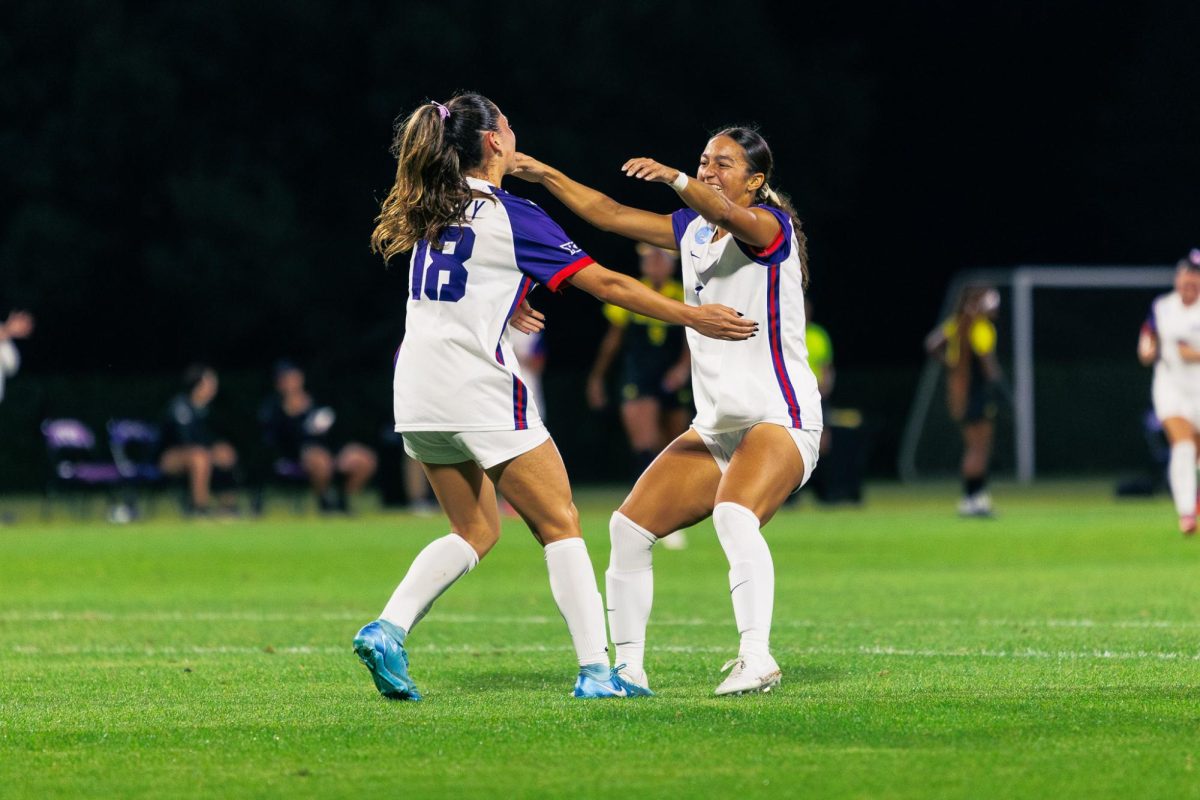SMU has an NCAA men’s soccer program. So does Houston Baptist University. Those two schools notwithstanding, there are no Division I programs in the state of Texas due to the budget and scholarship constraints resulting from Title IX. There are, however, thousands of boys who grow up in Texas playing soccer. From the well-manicured fields in suburban Dallas-Fort Worth to dirt fields on the Texas-Mexico border to high school practice fields strewn across the state, these boys play.
Many of those boys dream of one day playing college soccer. If they want to do so and they are not one of the 50 or so players that accept offers to SMU or HBU, the options are few—they can play at a smaller school, they can travel out of state or they can let go of the dream.
Every year, thousands of players choose the latter. For countless reasons, they decide that college soccer is not for them. Maybe they want to focus on academics or perhaps they want the full college experience. Some players get burned out on the constant training and traveling. They leave their dreams back home when they say goodbye to their parents and take off for Frog Camp, never to return until Thanksgiving break.
Sometimes, that’s the end of a player’s career.
TCU Club Soccer is made up of players and styles across the entire spectrum of soccer, from a seasoned ex-professional from Denmark to a player from Guatemala who grew accustomed to playing in dusty pickup games. This year’s team tryouts brought out almost 50 players. An influx of new athletes and a savvy group of veterans that had spread the word coupled to produce a large crop of new talent. Many of these players were decent in high school and were looking to continue their hobby. A few had never really played soccer before and wanted to try it out.
What remained is the TCU Men’s Soccer Club: 24 players hailing from as far away as Europe and as close as Fort Worth. Despite the differences, the team is motivated by a singular goal.
“We went to the regional tournament two years ago,” former player turned coach Kenneth Christensen said. “It’s our goal to get back there and compete.”
2009 represented the high water mark of the club. The team romped through its regular season schedule, finishing undefeated before losing in the regional tournament. 2010 was a step back for the club, a season plagued by injuries.
Team captain Jake Flosi recounted his memories of that season. “That was a frustrating year for us,” he said. ”A lot of players got valuable experience, but we just couldn’t find ways to win games.”
This year, all eyes were set on rolling through the regular season again and having a good showing at regionals. A good showing there, and chances were the squad might make it to the national championships. Even though there isn’t a place for a men’s soccer program within the TCU athletics department, the club’s potential for excellence means it could be a mainstay in the canon of club sports.
The season began September 3 at Stephen F. Austin University. A day after the football team opened its 2011 campaign, the soccer team prepared to do the same.
The game was played in pouring rain and it was clear that the team hadn’t fully developed its chemistry. TCU had to settle for a 0-0 draw.
One week later, Texas A&M University traveled to Fort Worth. The Aggies scored twice early and looked much more composed than TCU. The game ended with TCU on bottom, 2-1.
Suddenly, the team was two games into the season without a win. A season that started with so much optimism was thrust into doubt and frustration. Despite many chances, TCU only scored one goal in two matches. No one can expect to contend for a championship while averaging half a goal a game.
Fortunately, the Frogs were scheduled to play the day after the A&M game, this time versus Univerity of Texas at Dallas.
That match started slowly, but TCU took its first lead of the season. Both teams created their share of good chances. This time, however, TCU had all the luck, scoring early and often in the second half. TCU won after scoring nine goals and, for the time being, it seemed the team’s offensive woes had ceased.
A week later, the team’s conference slate continued against Abilene Christian University. The Frogs were up 3-0 by halftime and cruised to a 4-1 win. With the regular season almost halfway complete the team finally settled into a rhythm, developing the chemistry that it needed so desperately at the season’s onset.
After an up and down year, the anticipation felt this season will be a memorable one for the players who find themselves still, in some capacity, able to play college soccer.





